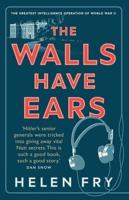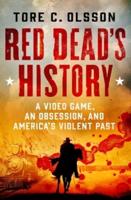Publisher's Synopsis
This ground-breaking collection brings together a diverse array of scholars who interrogate how the suffering, exhilaration, and memory of wars - both past and present - have been mediated through the visual trope of the face.
The essays demonstrate that this trope is found in a long history of artistic trends: from the so-called 'spirit photographs' that emerged during the American Civil War, depicting the faces of soldiers blurred by the effects of double exposure, to Tom Lea's famous 1944 painting of a shell-shocked marine, entitled 'That 2,000-Yard Stare', to the invention of the cinematic facial close-up in the 1910s, as famously deployed in D.W. Griffith's war-epic, The Birth of the Nation (1915), right through to more contemporary, facially-orientated, innovations in photojournalism, AI-image generation, digital colourisation, and visual social media platforms (such as Instagram, TikTok), all of which have been deployed to both document and distort the phenomenon of war. At once interdisciplinary, transnational, and transhistorical, War Faces on Screen discusses representations of the face in war photography, illustrating the invisible violence of psychic trauma; the aesthetics of the cinematic close-up, drone vision, and how the selective digital colourisation of bodies and faces from archival footage imposes a moral hierarchy; decolonisation and defacement in Hollywood films, where empathy is displaced from the ethnic other to the suffering Western soldier; and how the face is central to articulating the sentiment of colonial and civil wars. Ultimately, it forms a radically innovative contribution to the study of image-making and war-making.









